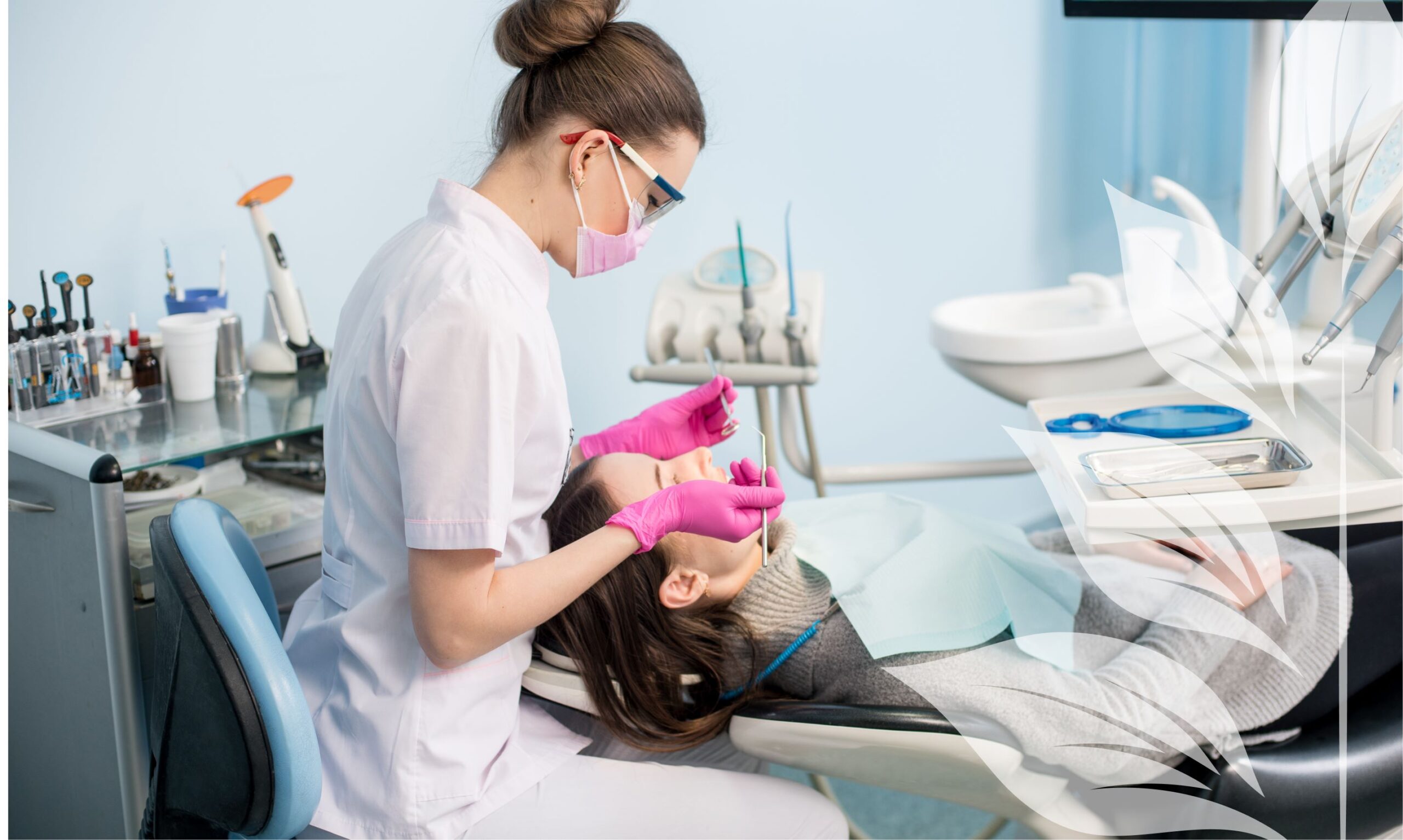Everything You Need to Know About Periodontal Treatment
What’s the most common reason for tooth loss in adults? Periodontal disease. You may be surprised to know that periodontal disease is quite prevalent; over 47% of adults over 30 in America have some form of it. That jumps to over 70% for people over 65.
Periodontal disease can range from relatively mild gum disease you might not even feel to serious issues, like bone, tissue, and tooth loss. Thankfully, there are many ways to combat periodontal disease. Let’s look at a comprehensive examination of periodontal treatment here.
Periodontal Evaluation
Your dentist will start with a periodontal evaluation to determine the state of your oral health. The American Academy of Periodontology recommends that everyone receives a complete periodontal evaluation at least once a year. While most stages of periodontal disease are treatable, treatment is far easier if the diagnosis is made early.
This evaluation consists of a thorough examination of the teeth and gums. Your dentist will look for any sign of inflammation or tenderness in your gums. They will also look for the presence of tooth decay or any accumulations of plaque. To finish off the visual exam, your dentist will check your bite and take X-rays to assess your bone structure.
They will also assess your family history and any risk factors you may have.
Diagnosis
Periodontal disease generally begins with the inflammation of the gums, also called gum disease or gingivitis. Bleeding gums or tenderness can be an indication that you have gum disease. It is also possible to be in the beginning stages of gum disease and feel nothing.
A periodontal evaluation will give your dentist all the information they need to diagnose your condition. Gingivitis can be affected by various factors, including medication, systemic factors, malnutrition, or even family history, and it is not always indicative of chronic periodontal disease.
Prognosis
For most people, the prognosis of treatment is very good. Periodontal disease, particularly when diagnosed before the gums begin to detach from the teeth, is very treatable. In many cases, a thorough professional cleaning followed by daily flossing and brushing is enough to clear it up.
Periodontal Treatment Plan
If more is needed, your dentist will work out a treatment plan with you. The plan will begin with conferring with other dental professionals as needed and discussing what periodontal procedures will need to be performed.
If tooth or bone loss has already begun, you will have to take into consideration restorative procedures, such as tooth replacement options. Orthodontic work may also be necessary.
From there, your plan should include another evaluation after periodontal therapy to check your progress. Once the disease has been eradicated, a provision should be made for a periodontal maintenance plan afterward. Even when successfully treated, periodontal disease can easily develop again if you do not follow proper dental hygiene.
Periodontal Treatment Options
The first step is to thoroughly clean your teeth and remove any buildup of bacteria, plaque, and tartar from your gums. Your dentist will usually do this with procedures called scaling and root planing. This is a deeper clean than the typical professional cleaning performed by dentists.
Scaling involves removing all traces of bacteria and plaque from your teeth, both above and below your gums. It can be done either with instruments, an ultrasonic device, or a laser. From there, the dentist will smooth the surface of your teeth (root planing). This smoothness both discourages more buildup of tartar and plaque and encourages your teeth to reattach to your gums after scaling.
Your dentist may also prescribe either topical or oral antibiotics to help kill any bacteria left in your mouth.
If your periodontal disease is more advanced, you may need pocket reduction surgery to make the scaling and root planing more effective. If you have lost gum and bone tissue, you may require either soft tissue or bone grafts. Dentists can also use guided tissue regeneration techniques and tissue-stimulating proteins to regrow lost tissue.
Periodontal Treatment Evaluation & Maintenance Plan
If your treatment is successful, you’ll get the all-clear from your dentist. But that doesn’t mean you don’t have to remain vigilant. For many people, poor dental hygiene and factors, such as smoking, caused their periodontal disease. Slipping back into your old habits will mean periodontal disease may visit you once again.
To stave it off, follow your dentist’s advice. This will typically be to visit the dentist for professional teeth cleanings once every six months and maintain a strict flossing and brushing regimen at home. If you smoke, do your absolute best to quit. Smoking is terrible for not only your oral health but also your overall health anyway.
Looking for a new dentist near you in the Griffin or Hampton, Georgia, area? Give us a call today for your periodontal evaluation and receive the best periodontal treatment near you!





